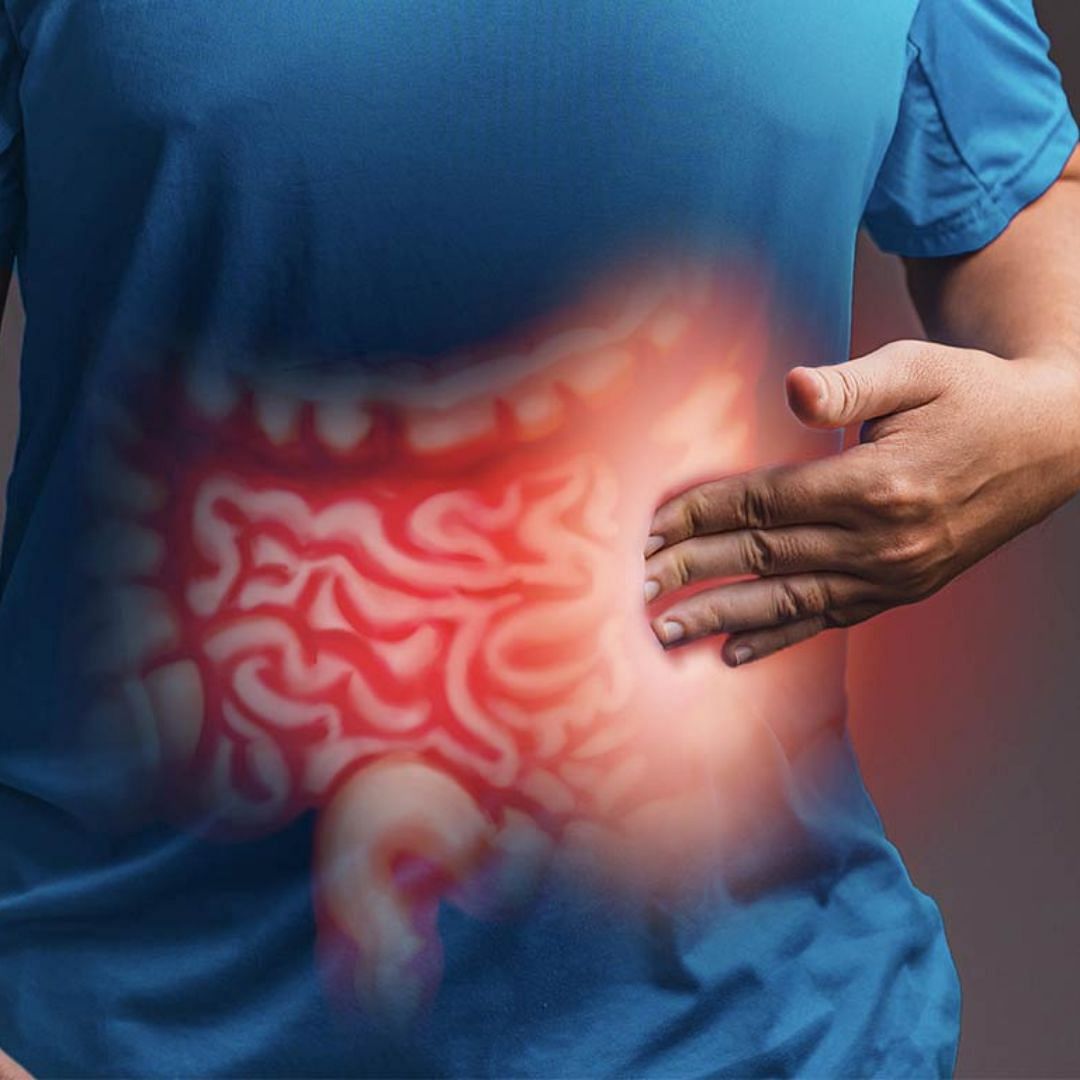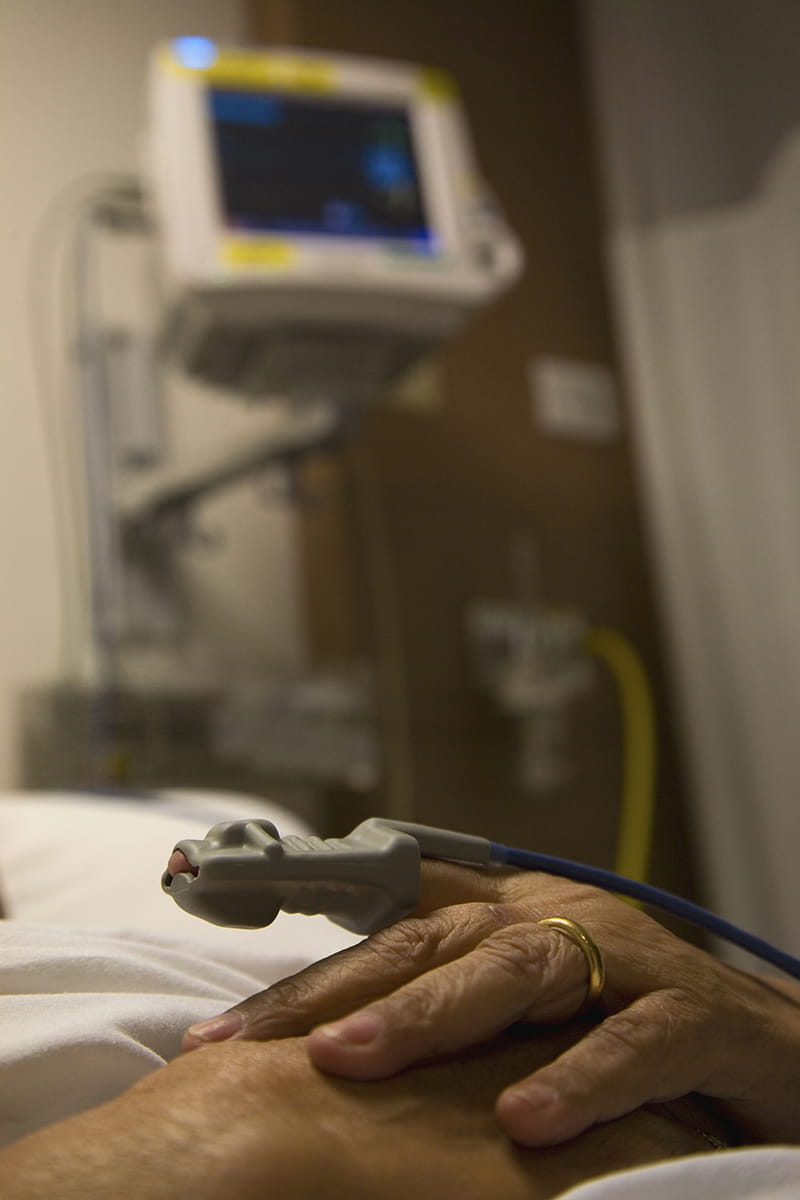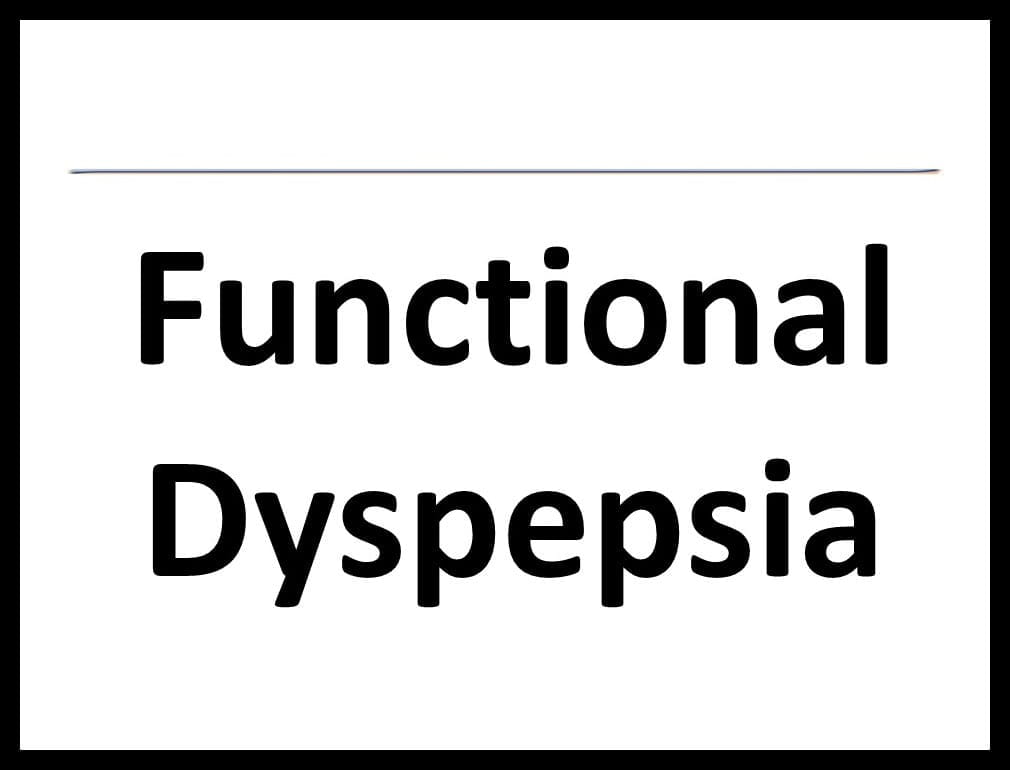DDW 2024: The PPI Strategy After Transcatheter Arterial Embolization in Refractory Peptic Ulcer Bleeding Patients
Transcatheter arterial embolization (TAE) is recommended for peptic ulcer bleeding patients, and high-dose proton pump inhibitors (PPIs) are often suggested for high-risk cases. The hypothesis posited that high-dose PPI treatment would be superior to standard-dose PPI treatment in reducing the 30-day rebleeding rate. The study investigated the effectiveness of high-dose PPI treatment following TAE in patients with refractory peptic ulcer bleeding. This single-centre, unblinded, randomized controlled study included 105 patients who met the criteria of age over 18, confirmed peptic ulcer bleeding, and TAE due to uncontrolled peptic ulcer bleeding. Patients were randomized into two groups: the high-dose PPI group (continuous regimen), receiving 8 mg/h infusion for the first 3 days, followed by 40 mg twice daily for 4 days, and the standard-dose PPI group, receiving 40 mg twice daily for 7 days. The primary endpoint was the 30-day rebleeding rate. Baseline characteristics, including age, sex, haemoglobin concentration, and comorbidity indices, were similar between groups. The study found no significant difference in the 30-day rebleeding rate or all-cause mortality between the high-dose and standard-dose groups in intention-to-treat and per-protocol analyses. Consequently, high-dose PPI treatment did not demonstrate superiority over standard-dose PPI treatment in reducing rebleeding or mortality within 30 days post-TAE.
Several key findings emerged based on the post hoc analysis of the study on high-dose PPI treatment following TAE in refractory peptic ulcer bleeding. While the primary analysis did not show a significant difference in reducing the 30-day rebleeding rate between high-dose and standard-dose PPI groups, further examination revealed that high-dose PPI treatment may be beneficial, specifically in patients with Forest classification 1A and 1B ulcers. In these subgroups, high-dose PPI therapy was associated with a reduced incidence of recurrent bleeding compared to standard-dose PPI therapy. Secondary endpoints also highlighted differences in managing rebleeding episodes between the two groups. Notably, more patients in the high-dose PPI group achieved successful hemostasis, with fewer requiring additional interventions like repeated endoscopic hemostasis or surgery than the standard-dose group.
High-dose PPI therapy administered as a continuous infusion does not typically enhance mean intragastric pH or prolong the duration of pH > 6 compared to an intermittent regimen given every 12 hours. Patients who experience rebleeding often received a high-dose PPI regimen prior to TAE, suggesting a less than optimal response to initial treatment. During TAE procedures, the embolization of offending vessels effectively stabilizes clots, minimizing the necessity for elevated intragastric pH levels to prevent further bleeding. In conclusion, while the primary outcome did not demonstrate the superiority of high-dose PPI therapy in reducing rebleeding rates, the post hoc analysis suggests potential benefits in patients with less severe ulcer classifications (1A and 1B). Continued recruitment and follow-up will further refine these findings. Still, current data indicate that high-dose PPI treatment may have a role in specific subgroups of patients with refractory peptic ulcer bleeding following TAE.
The speaker raised concerns about the data's reliability due to potential limitations in sample size and emphasized the need for cautious interpretation before reaching conclusions. Despite a stable incidence of ulcerative colitis (UC) in Western countries, its prevalence has notably risen in Japan over the past two decades, highlighting its global impact on patient quality of life. Discussions underscored the importance of multivariable analysis for distinguishing between univariate and multivariate approaches, especially for publication in prestigious journals, with a recommendation to consult experienced biostatisticians for data refinement. Questions centred on variations in administering high-dose intravenous PPIs and the rationale behind these deviations from established protocols, citing guidelines influencing treatment decisions, particularly in managing bleeding risks. Concerns were also raised about patient selection criteria for TAE, focusing on including non-bleeding stigmata cases based on endoscopic findings and advocating for personalized treatment strategies. Further discussions addressed the duration of PPI treatment, with clarification on continuation post-discharge and acknowledgement of the study's underpowered nature necessitating further data accumulation for robust conclusions on treatment efficacy. The exchange concluded with inquiries into adjusted hazard ratios and the randomization process, affirming the rigorous methodological approach using computer software and carefully considering variables in the analysis.
Digestive Disease Week (DDW) 2024, May 18-21, 2024, Washington, D.C.




